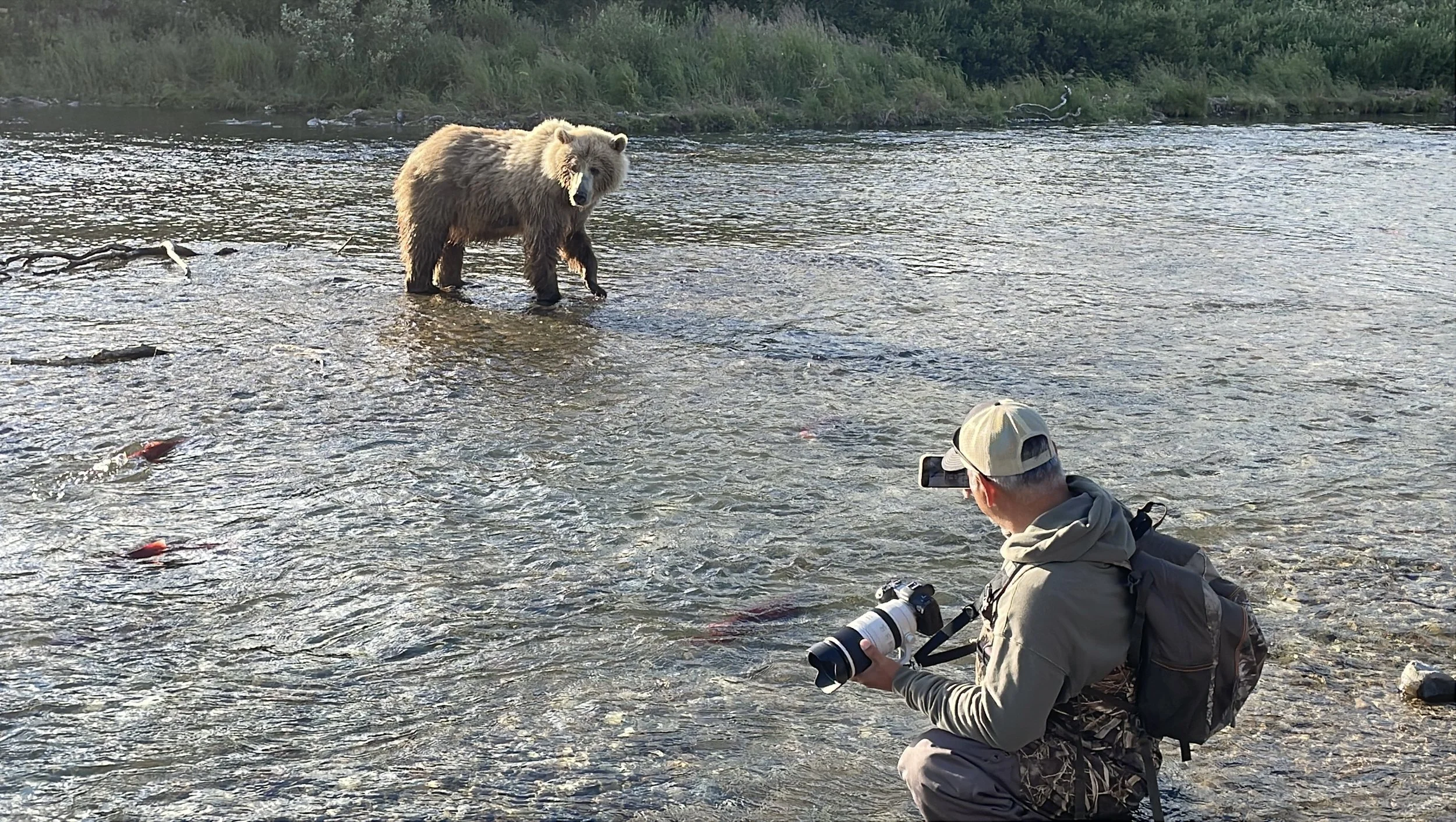May 24 – Travel Day
I'm headed home! It’s wild how fast these past four weeks have flown by, packed with magic, incredible wildlife, wild weather, and unforgettable moments shared with amazing people. I feel so lucky and humbled that this is my job. That I get to introduce people to wildlife, help them along their photography journey, and tell stories through it all.
Now I’m sitting here thinking: what are they seeing out in Baja’s waters today?
Actually, never mind. I probably don’t want to know… FOMO is real.
I already miss Baja, but thankfully I’ll be back in just two weeks. This is a short break. Originally, I was supposed to head to Africa to swim with Nile crocodiles, but that trip has been postponed until later. More on that another time.
For now, I’m going to recharge with some much-needed family time, do laundry, get some fresh merchandise made (I’m out of ball caps and my SDM t-shirts are worn to death), and then head back to Baja, because I’ve got unfinished business.
Top of the list? Orcas hunting mobula rays. That’s the moment we’re after.
We did witness them kill and eat a mola mola, which was incredible to see. Felt bad for the mola—but that’s the circle of life.
In the ocean, something is always eating something else. Molas have to eat, and so do orcas.
I woke up at 5 a.m. today to drive two hours to the airport and drop off our trusty van, Beluga. She was good to us—reliable, sturdy, and part of the team.
I always feel a little guilty peeling off the Tibby sticker from her nose before returning her to the rental company. I know it sounds strange to get sentimental about a van, but I really believe things carry meaning. Maybe not a heartbeat like ours, but they have a kind of spirit, especially when they’ve carried you through an adventure.
During this short break, I’ll be editing a few YouTube videos, writing daily blogs, and sharing behind-the-lens stories from our time in Baja, including what it took to get specific shots.
Right now, I’m sitting in the Houston airport, waiting for one last flight home… and still wondering what they saw out there today in Baja.
Damn it. I really don’t want to know... but yeah, I do.
Thank you for reading our Blog.
*New Blogs posted 3–4 times a week. (sometimes more.)
Follow along for fresh stories, trip updates, and raw moments from the wild.













